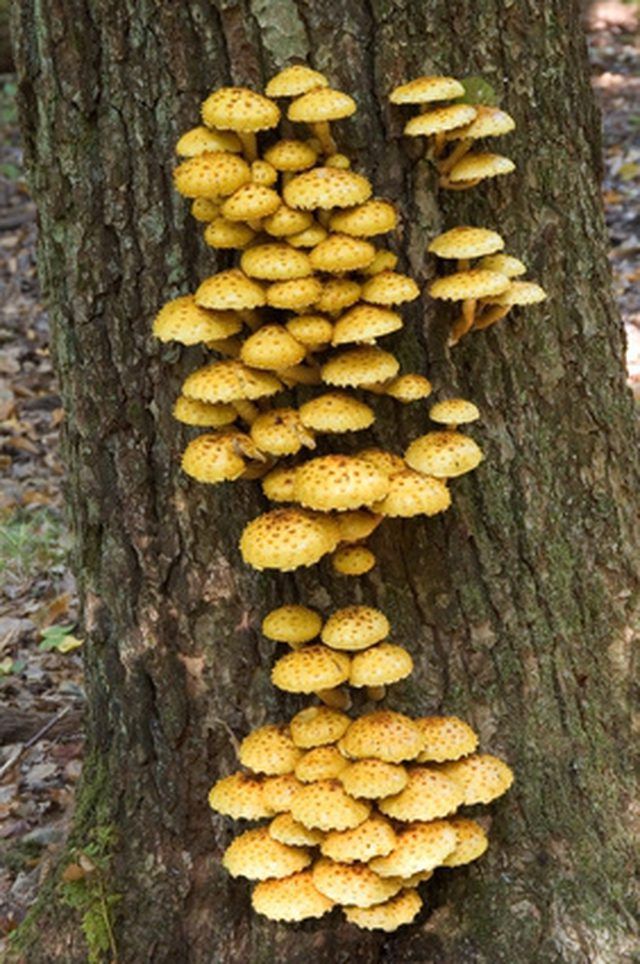Bulbs
Flower Basics
Flower Beds & Specialty Gardens
Flower Garden
Garden Furniture
Garden Gnomes
Garden Seeds
Garden Sheds
Garden Statues
Garden Tools & Supplies
Gardening Basics
Green & Organic
Groundcovers & Vines
Growing Annuals
Growing Basil
Growing Beans
Growing Berries
Growing Blueberries
Growing Cactus
Growing Corn
Growing Cotton
Growing Edibles
Growing Flowers
Growing Garlic
Growing Grapes
Growing Grass
Growing Herbs
Growing Jasmine
Growing Mint
Growing Mushrooms
Orchids
Growing Peanuts
Growing Perennials
Growing Plants
Growing Rosemary
Growing Roses
Growing Strawberries
Growing Sunflowers
Growing Thyme
Growing Tomatoes
Growing Tulips
Growing Vegetables
Herb Basics
Herb Garden
Indoor Growing
Landscaping Basics
Landscaping Patios
Landscaping Plants
Landscaping Shrubs
Landscaping Trees
Landscaping Walks & Pathways
Lawn Basics
Lawn Maintenance
Lawn Mowers
Lawn Ornaments
Lawn Planting
Lawn Tools
Outdoor Growing
Overall Landscape Planning
Pests, Weeds & Problems
Plant Basics
Rock Garden
Rose Garden
Shrubs
Soil
Specialty Gardens
Trees
Vegetable Garden
Yard Maintenance
Tree Fungus Growth
Tree Fungus Growth. Trees are susceptible to a wide variety of fungus growth problems that create cosmetic damage as well as severe infection and death. Whether the fungus growth creates damaged tissue or the easily recognizable fruiting bodies like mushrooms, understanding symptoms and control methods is a highly significant aspect of tree care....

Trees are susceptible to a wide variety of fungus growth problems that create cosmetic damage as well as severe infection and death. Whether the fungus growth creates damaged tissue or the easily recognizable fruiting bodies like mushrooms, understanding symptoms and control methods is a highly significant aspect of tree care. Always keep your tree vigorous through appropriate care for trees that are ready to resist fungal disease.
Fungal Infection Process
The fungal infection process takes place in a variety of ways depending upon the type of tree and the fungal strain, which is why keeping trees vigorous is key to resistance. You cannot protect every part of your tree, and fungi that simply invade through trees' pores have an easy entrance. Though fungi may simply stroll in through plant pores or stomata, fungal growths most often occur due to weakened, damaged or stressed trees. Many fungi are soil-borne and invade through a tree's root system. Other fungi enter trees through wounds caused by storm damage or improper pruning techniques. Since fungi thrive in wet environments, keep your tree in the appropriate sun exposure and soil moisture to prevent excessively wet environments.
Fungi Varieties
Different fungi varieties create different problems and infect a diverse group of trees. Oak root fungus (Armillaria mellea) attacks coniferous trees and broadleaved woody trees. Artist's conk (Ganoderma applanatum) affects ornamental trees like ash, birch, citrus, tulip trees and many more. Oyster mushrooms (Pleurotus ostreatus) affect a large number of trees like acacia, beech, magnolia, maple, oak and walnut. Hairy turkey tail (Trametes hirsuta) infects catalpa, cherry, ginkgo, holly and sycamore, among others, according to the University of California.
Growth Types
Fungi exhibit different types of growth patterns depending on the variety. Oak root fungus creates a white rot between bark and wood, and mushrooms form at the foot of the tree. Artist's conk produces white rot of sapwood and heartwood as well as half-circle conks or mushroomlike growths that look like shelves on the lower trunks of trees; conks are brown on top and white below. As the name suggests, the white surface turns brown when drawn upon. Oyster mushroom fungi causes a flaky white rot of sapwood and heartwood as well as the production of gilled mushroom shelves in localized areas. Hairy turkey tail causes heartwood rot and tough, velvety, shelflike fruiting bodies on trunk surfaces, according to the University of California.
Damage
Fungal infections decrease plant vigor, often causing death of leaves, twigs, branches or the entire tree. The fungus growth is a symptom, but the damage usually includes decay of the internal wood and formative structural substances like cellulose. Though the outside of the tree may still appear healthy aside from the presence of fruiting bodies, mushrooms, lesions or cankers (areas of dead tissue), the interior of the tree is often completely rotted out, creating an empty cavity. At this point, the tree is in severe decline or is dead and there is great danger of collapse, according to the University of California. Particularly if you live in a residential community or in an area where someone may walk beneath the tree, contact a professional forestry representative to determine the best form of action.
Control
Fungus growth on trees is physically removable, but the underlying problem needs control. For management, identify the infection by the fungus growth on your tree. Always begin with cultural control through proper care, removal and destruction of affected plant parts as well as pruning of young trees for proper growth. Always make sure pruning tools are sanitized between each cut and from tree to tree for prevention of disease transfer. For severe problems, tree removal by a professional is necessary. Research prevalent fungus growth problems in your region and plant resistant varieties accordingly. For smaller trees and particular infections, fungicides may be of assistance. Fungicides are not recommended for use on larger trees. For example, oak root fungus is treated with methyl bromide and sodium tetrathiocarbonate. Additionally, fungicides are often more effective as preventive measures. Contact your local extension agent for an appropriate fungicidal treatment plan.